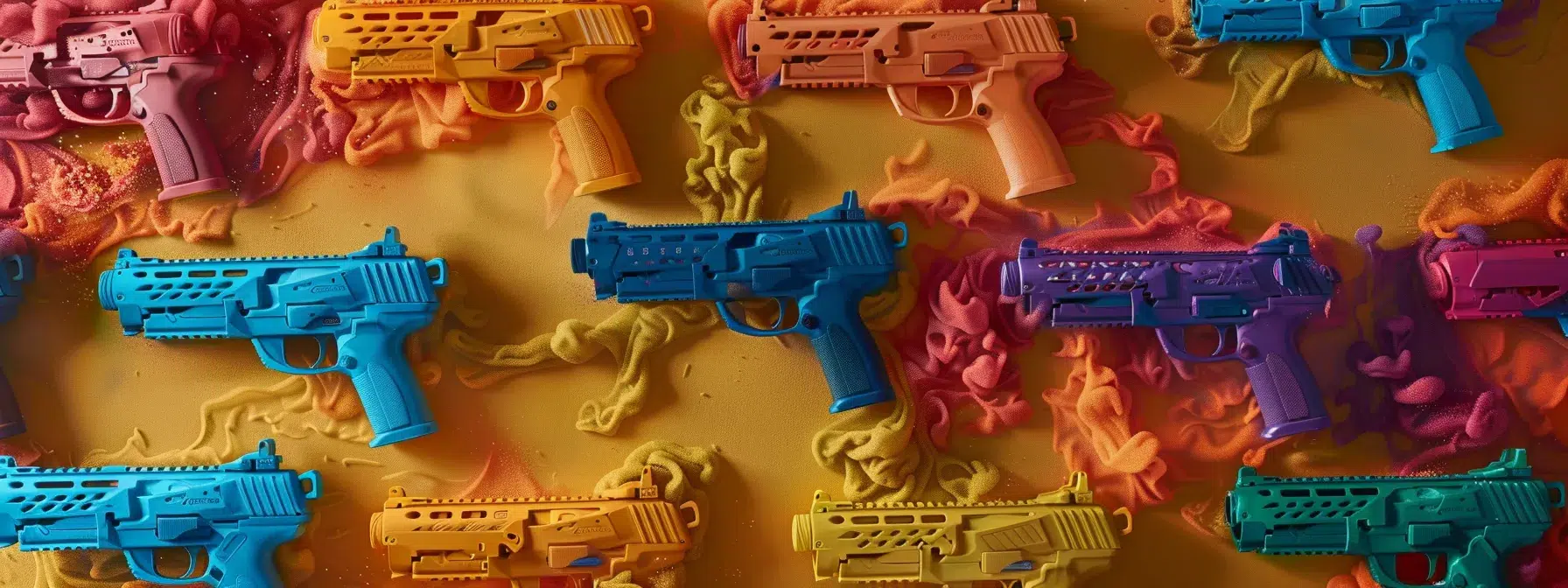Nerf battles can be intense, but anyone can dominate the field with the right strategies. Many newcomers struggle to find effective tactics to use their Nerf blaster and gear, leading to confusion during play. This article will outline essential concepts for new Nerf warriors, cover movement tactics for beginners, and highlight communication skills for effective team play. Players will improve their chances of executing successful ambushes and recon missions by mastering these strategies, turning them into formidable opponents in their next Nerf showdown.
Key Takeaways
- Understanding blaster types and dart performance is essential for success
- Choosing the right battlefield can significantly impact the outcome of a Nerf battle
- Establishing clear team roles enhances coordination and effectiveness in gameplay
- Mastering movement tactics is crucial for evading shots and positioning strategically
- Analyzing past battles helps refine strategies and improve future performance
Essential Concepts for New Nerf Warriors

New Nerf warriors should start by familiarizing themselves with different blasters and understanding how their rate of fire impacts gameplay. Knowing how various types of Nerf darts perform is also vital. These insights, combined with a healthy dose of courage and strategic use of binoculars for scouting, can significantly enhance one’s effectiveness in battle.
Familiarizing Yourself With Nerf Blasters
Understanding different Nerf blasters is crucial for any new Nerf warrior. Each blaster has unique features like rate of fire and range, which can greatly affect gameplay during a Nerf war. For instance, a sniper blaster can hit targets from afar, while rapid-fire models allow for swift shots to overwhelm opponents. Communication with teammates about weapon types and strategies can make a significant difference in battle outcomes:
Understanding Different Types of Nerf Darts
Understanding the various types of Nerf darts is essential for any new Nerf warrior looking to excel in battle. Standard darts, which are familiar to most players, are great for general use, while special Nerf darts, like whistling and foam missiles, add an element of surprise. Using the right weapon and dart can reduce the fear of missing or being outmatched, allowing for more effective shooting and enhancing overall performance in Nerf wars.
Planning Your First Nerf Battle
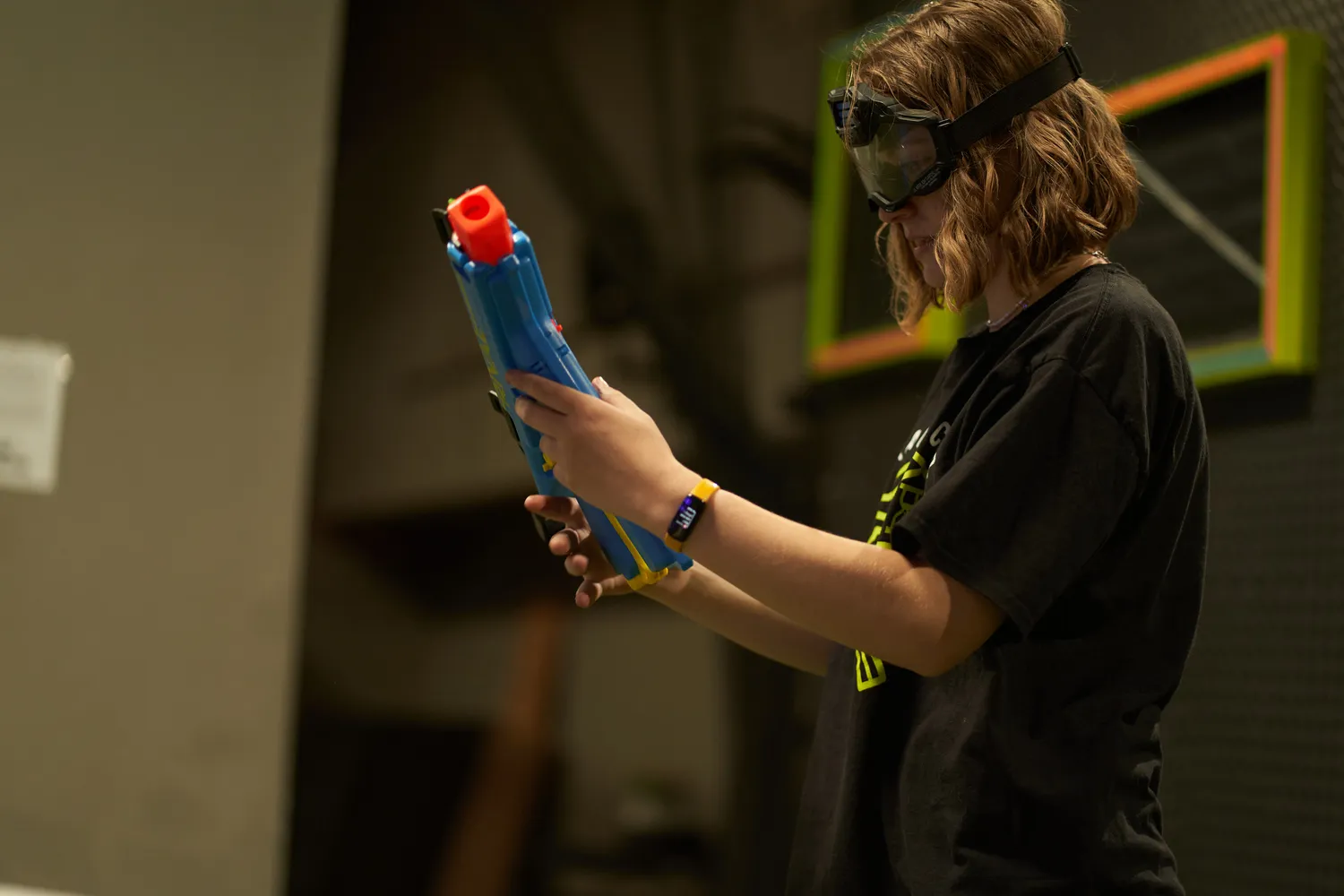
Choosing the right battlefield is key to success in any Nerf battle. It is essential to assess various locations for cover and strategic advantages. Establishing team roles and responsibilities also ensures solid teamwork, allowing each player to utilize their knowledge effectively. This planning helps set the stage for a well-coordinated and victorious first Nerf war.
Selecting an Ideal Location
Selecting an ideal location is a critical factor in planning a successful Nerf battle. An effective battlefield should offer plenty of cover, such as walls, trees, or furniture, which allows players to strategize and evade incoming shots. Additionally, considering the space’s layout can create opportunities for flanking or ambushing opponents, greatly enhancing a team’s chances of victory:
- Look for locations that provide natural barriers for cover.
- Evaluate the terrain for any high-ground advantages.
- Choose an area with enough space for movement and strategy.
Establishing Team Roles and Responsibilities
Establishing team roles and responsibilities is vital for success in any Nerf battle. By clearly defining who will take on specific tasks, like being a scout, attacker, or defender, players can work together more efficiently. For example, a scout can gather information about opponent positions, allowing attackers to strategize effectively while defenders hold the line, leading to a more organized and victorious outcome in the game.
Movement Tactics for Beginners
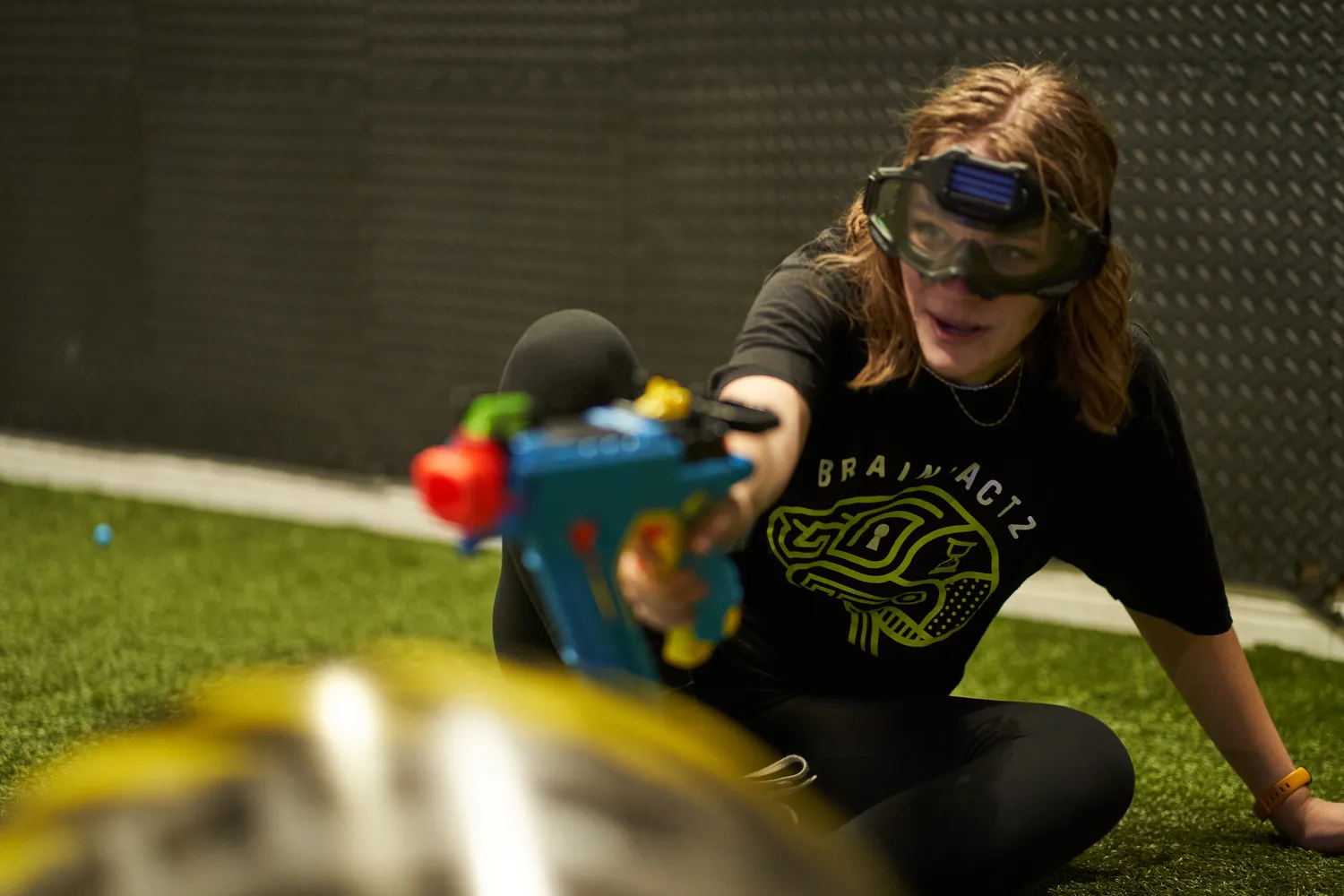
For new Nerf warriors, mastering movement tactics is crucial for success. Staying low and agile allows players to evade incoming shots and quickly reposition. Using obstacles effectively can provide cover, enhancing both defense and strategy. These insights will empower beginners to maneuver confidently in their Nerf battles, setting the stage for tactical advantages in every engagement.
Staying Low and Agile
Staying low and agile is a key element for new Nerf warriors looking to improve their effectiveness in battle. By keeping a low profile, players can make themselves less visible to opponents and avoid incoming shots. Movement remains dynamic as they quickly reposition behind cover, allowing for strategic attacks or retreats during critical moments of the game:
Using Obstacles to Your Advantage
Using obstacles effectively can significantly enhance a player’s strategy in a Nerf battle. Players should take advantage of available cover, such as furniture or natural barriers, to shield themselves from incoming fire while planning their next move. By moving from one obstacle to another, warriors can maintain a low profile and create opportunities for surprise attacks, making it difficult for opponents to target them accurately.
Communication Skills for Effective Team Play

Establishing clear signals for attack and retreat is vital for effective teamwork during a Nerf battle. Encouraging open dialogue among team members can improve coordination and strategy. This section will explore how to create effective communication cues and foster an environment where players feel comfortable sharing tactics, significantly enhancing overall team performance.
Establishing Signals for Attack and Retreat
Establishing clear signals for attack and retreat can significantly enhance team dynamics in a Nerf battle. Teams should agree on simple, recognizable cues, like specific hand motions or verbal commands, that everyone understands. For example, raising a hand might signal a retreat, while a specific shout could indicate a coordinated attack, allowing players to respond quickly and efficiently in fast-paced situations.
Encouraging Open Dialogue
Encouraging open dialogue among team members is essential for success in Nerf battles. It allows players to share ideas, discuss strategies, and provide support during intense moments. By fostering an environment where everyone feels comfortable expressing themselves, teams can improve coordination and adapt quickly to changing situations on the battlefield:
- Emphasize the importance of teamwork and collective decision-making.
- Implement regular check-ins to ensure all players are engaged and heard.
- Use clear communication tools such as hand signals or pre-agreed phrases.
Defensive Strategies to Protect Your Team
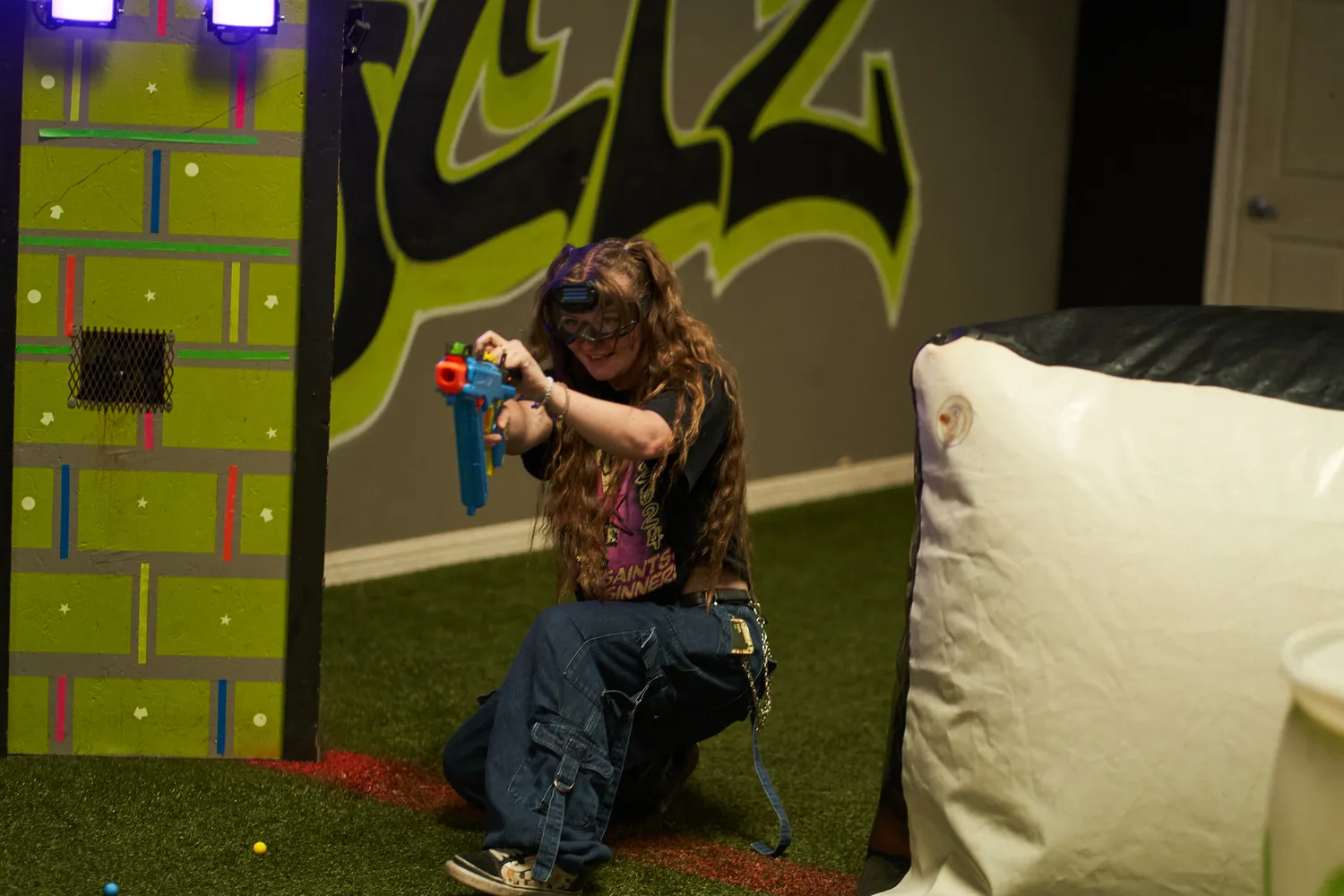
Building effective fortifications is key to shielding teammates during a Nerf battle. By understanding how to create strong defensive positions, players can protect themselves and strategize retreats when necessary. Safe zones are also essential, providing a secure area for reloading and regrouping. These concepts help players maintain an edge in fast-paced combat scenarios.
Building Effective Fortifications
Building effective fortifications can significantly enhance a Nerf team’s defense during battle. Players should utilize available materials, such as chairs, cardboard boxes, or even cushions, to create barriers that provide cover while allowing them to move strategically. A well-constructed fortification not only protects team members from enemy fire but also encourages coordinated attacks and retreats, making it a crucial element in any Nerf war:
- Use items like furniture or cardboard for natural barriers.
- Consider the layout for better cover and angles for shooting.
- Build safe zones for reloading and regrouping during intense moments.
Strategizing Retreats and Safe Zones
Strategizing retreats and establishing safe zones is critical for maintaining team strength during a Nerf battle. Identifying areas that provide cover and a secure spot to reload can allow players to regroup without the pressure of enemy fire. Effective planning involves designating safe zones before the game starts, ensuring all team members know where to retreat and reload quickly in the heat of the action:
- Identify safe zones near cover for faster recovery.
- Designate retreat paths that allow for quick escape.
- Establish signals for retreating to prevent confusion.
Offense Techniques to Outmaneuver Opponents
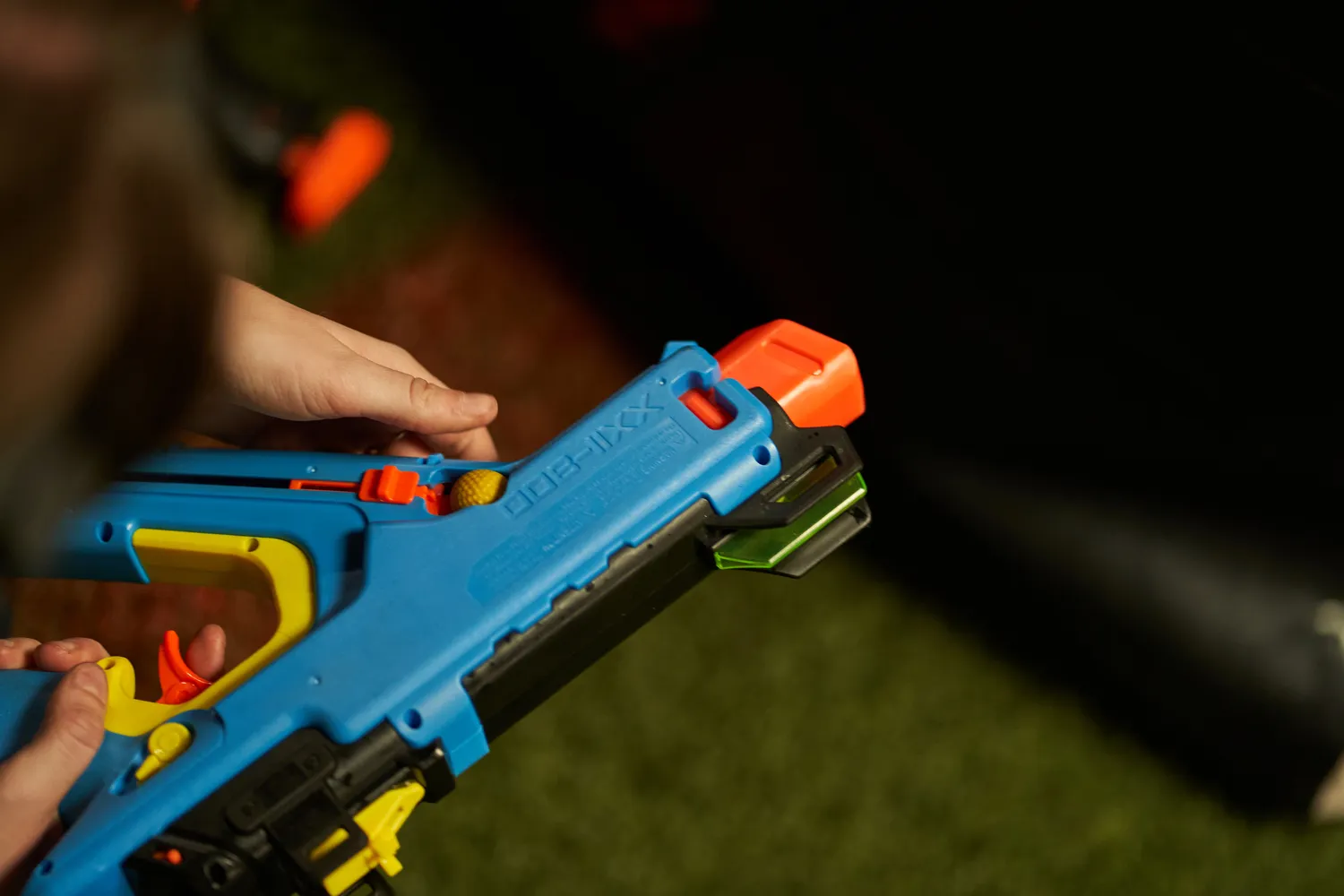
Coordinating group attacks can significantly increase a team’s chances of success in a Nerf battle. By working together, players can overwhelm opponents with superior numbers and strategy. Additionally, using distraction techniques allows teams to create openings for effective strikes. These two tactics will help new Nerf warriors outmaneuver their opponents and secure victory in their next engagement.
Coordinating Group Attacks
Coordinating group attacks is an effective strategy for new Nerf warriors looking to gain the upper hand in battle. By collaborating and timing their movements, players can create pressure on opponents, making it difficult for them to defend. For instance, one player might distract the enemy while others flank from the sides, resulting in a successful ambush. This teamwork not only increases the chances of hitting targets but also enhances overall group cohesion, making any Nerf war more exciting and competitive.
Using Distraction to Gain Advantage
Using distraction is a powerful technique that can greatly enhance a team’s performance in a Nerf battle. By creating diversions, such as drawing attention to one area while other players execute flanking maneuvers, warriors can catch their opponents off guard. For example, one player might intentionally fire in one direction, prompting the enemy to focus there, while teammates move in from the side for an effective surprise attack:
- Utilize loud noises or sudden movements to distract opponents.
- Plan coordinated distractions to create openings for strikes.
- Practice timing and communication for seamless execution of distraction techniques.
Learning From Experience
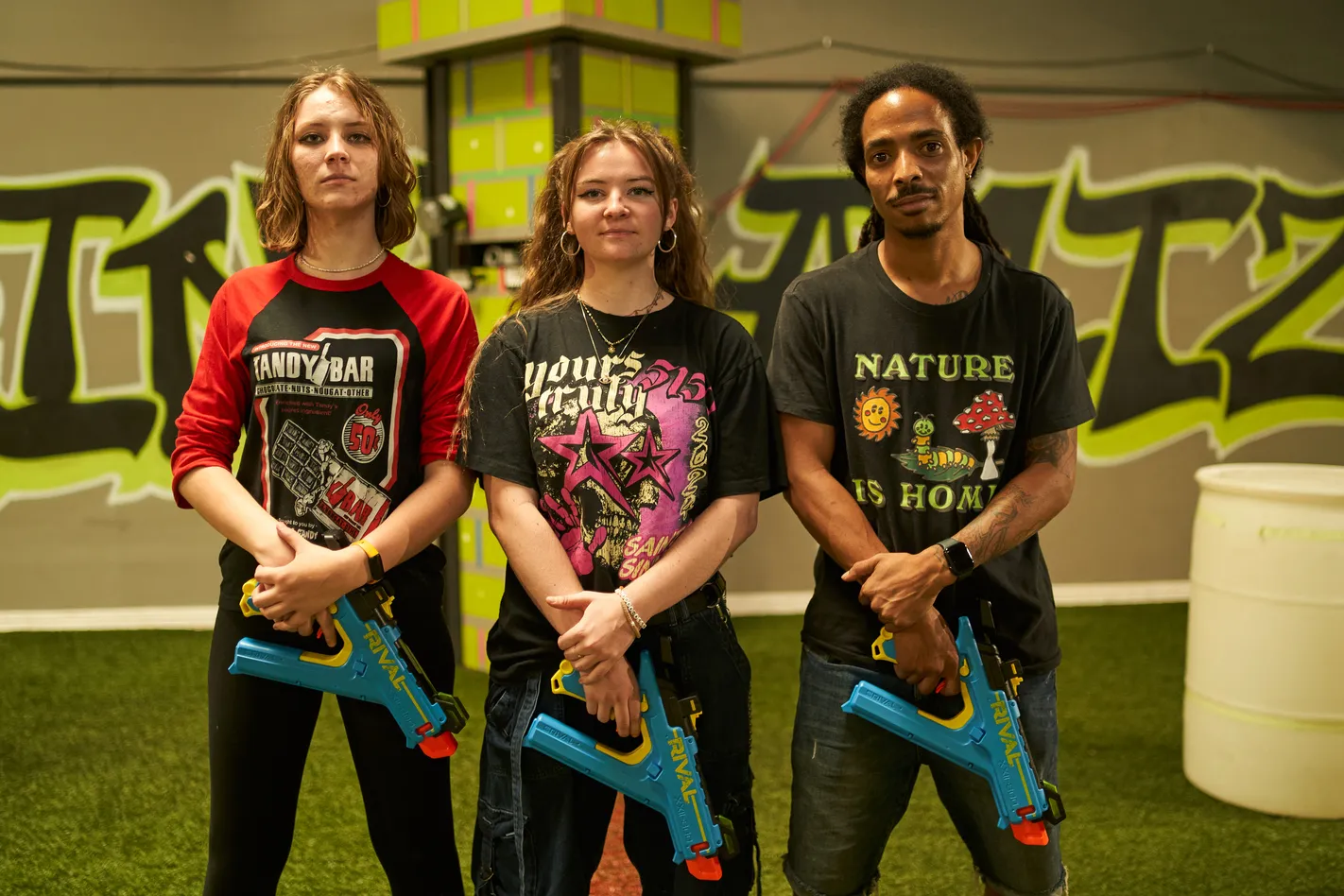
Analyzing past battles can reveal strengths and weaknesses, helping teams refine their strategies. Gathering feedback from team members fosters an environment of growth, as insights from different perspectives can enhance future performance. Together, these elements create a foundation for continuous improvement in gameplay, enabling new Nerf warriors to dominate their next battles with greater confidence and effectiveness.
Analyzing Past Battles for Improvement
Analyzing past battles is vital for new Nerf warriors aiming to improve their strategies in future engagements. By reviewing tactical decisions and outcomes, players can identify what worked well and what didn’t, leading to valuable insights for better performance. Observing team dynamics, communication lapses, or successful maneuvers can guide adjustments that enhance teamwork and increase victory chances in upcoming Nerf wars:
- Review team strategies to identify strengths and weaknesses.
- Discuss what went well and areas needing improvement.
- Implement actionable insights for future battles.
Gathering Feedback From Team Members
Gathering feedback from team members is a crucial step for improving performance in future Nerf battles. Players should hold discussions after each engagement to share observations and suggestions on strategies, communication techniques, and roles. For example, if a scout identifies a new ambush point, discussing its effectiveness can lead to better tactical decisions next time.
Conclusion
Mastering key strategies in Nerf battles is essential for new warriors aiming for victory. Understanding blasters, coordinating team roles, and employing effective communication can significantly enhance team performance. Effectively utilizing movement tactics and distractions can turn the tide in any engagement. Players can continuously improve by analyzing past performances and gathering feedback, ensuring they dominate their next battle with confidence and skill.

